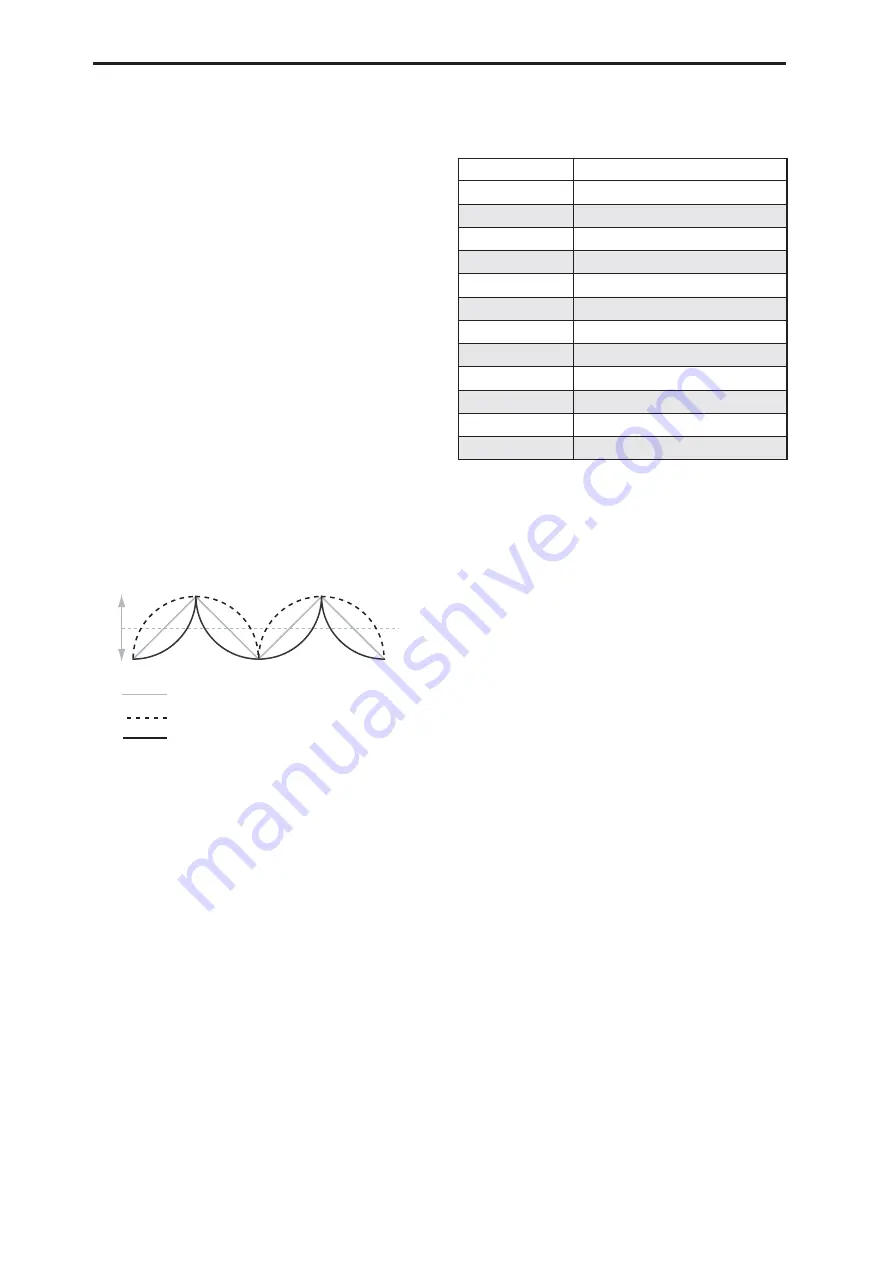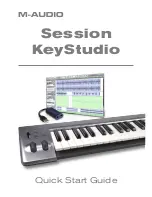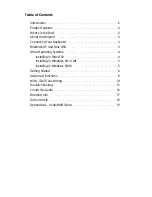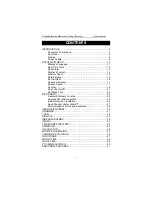
Program mode: HD-1
84
Random2 (S/H)
randomizes both the levels and the
timing.
Random3 (S/H)
generates a pulse wave with random
timing. It’s the opposite of traditional sample and hold;
the timing varies, but the levels don’t.
Random4–6 (Continuous)
are smoothed versions of
Random 1–3, with ramps instead of steps. You can use
them to create more gentle random variations.
Start Phase
[–180…+180, Random]
This controls the phase of the waveform at the start of
the note, in steps of 5 degrees.
If
Key Sync
is Off, the Start Phase will apply only to
the first note of the phrase.
Shape
[–99…+99]
Shape adds curvature to the basic waveform. As you
can see in the graphic below, this can make the
waveforms either more rounded or more extreme. It
can also be useful to emphasize certain value ranges,
and de-emphasize others.
For example, let’s say that you are using a triangle LFO
to modulate filter cutoff. If Shape emphasizes the high
value range, the filter will spend more time at the
higher frequencies. If it emphasizes the low range, the
filter will spend more time at the lower frequencies.
LFO Shape
Note:
Shape does
not
affect the Square and Random 3
waveforms, since their values are always 99 or
–99. When these are selected, Shape is grayed out.
AMS (Shape)
[List of AMS Sources]
This selects a modulation source for controlling the
LFO’s Shape. Modulating the shape can dramatically
alter the effect of the LFO–try it out!
For a list of AMS sources, see “AMS (Alternate
Modulation Source) List” on page 967.
Intensity
[–99…+99]
This controls the depth and direction of the Shape
modulation.
Frequency
[00…99]
This controls the speed of the LFO, before any
modulation. Higher values mean faster speeds, as
shown in the table below.
By using AMS modulation, you can also get speeds
much faster and much slower than are available
through this basic setting.
Frequency Fine
[00…99]
This allows you to control the LFO frequency with
greater precision, giving you 98 additional steps for
each step of the main Frequency parameter.
When this is set to 00, the LFO speed is as set by the
Frequency parameter.
When this is set to 99, it’s the same as increasing the
main Frequency value by 1.
Stop
[Off, On]
On (checked):
When Stop is
On
, the LFO does not
advance normally, and the Frequency parameters are
ignored. Instead, the LFO simply generate its very first
value (as determined by the combination of the
Waveform
,
Start Phase
,
Shape
, and
Offset
), and then
holds that value until the end of the note.
You can use this in conjunction with the Random
waveforms to create static, random modulation, with
the value changing only at note-on.
Off (unchecked):
When Stop is
Off
, the LFO will
function normally.
Key Sync
[Off, On]
On (checked):
When Key Sync is
On
, the LFO starts
each time you press a key, and an independent LFO
runs for each note. This is the normal setting.
Off (unchecked):
When Key Sync is
Off
, the LFO
starts from the phase determined by the first note in
the phrase, so that the LFOs for all notes being held are
synchronized together. The Fade and Delay settings
will only apply to the first note’s LFO.
Note that even if Key Sync is Off, each note’s LFO
speed may still be different if you modulate the
Frequency by note number, velocity, key scaling, or
other note-specific AMS sources.
+99
0
–99
Shape = 0 (original waveform)
Shape = +99
Shape = –99
Frequency Value
Frequency in Hz
00
0.014 Hz
10
0.112 Hz
20
0.422 Hz
30
0.979 Hz
40
1.79 Hz
50
2.84 Hz
60
4.14 Hz
70
5.69 Hz
80
7.49 Hz
90
9.53 Hz
99
26.25 Hz
99 + Fine 99
32 Hz
Summary of Contents for Electronic Keyboard
Page 1: ...Parameter Guide Parameter Guide ...
Page 2: ......
Page 180: ...Program mode EXi 170 ...
Page 290: ...EXi STR 1 Plucked String 280 ...
Page 572: ...Sequencer mode 562 ...
Page 700: ...Global mode 690 ...
Page 751: ...Insert Effects IFX1 IFX12 Routing 741 Fig 2 3a Fig 2 3b ...
Page 902: ...Effect Guide 892 ...
















































